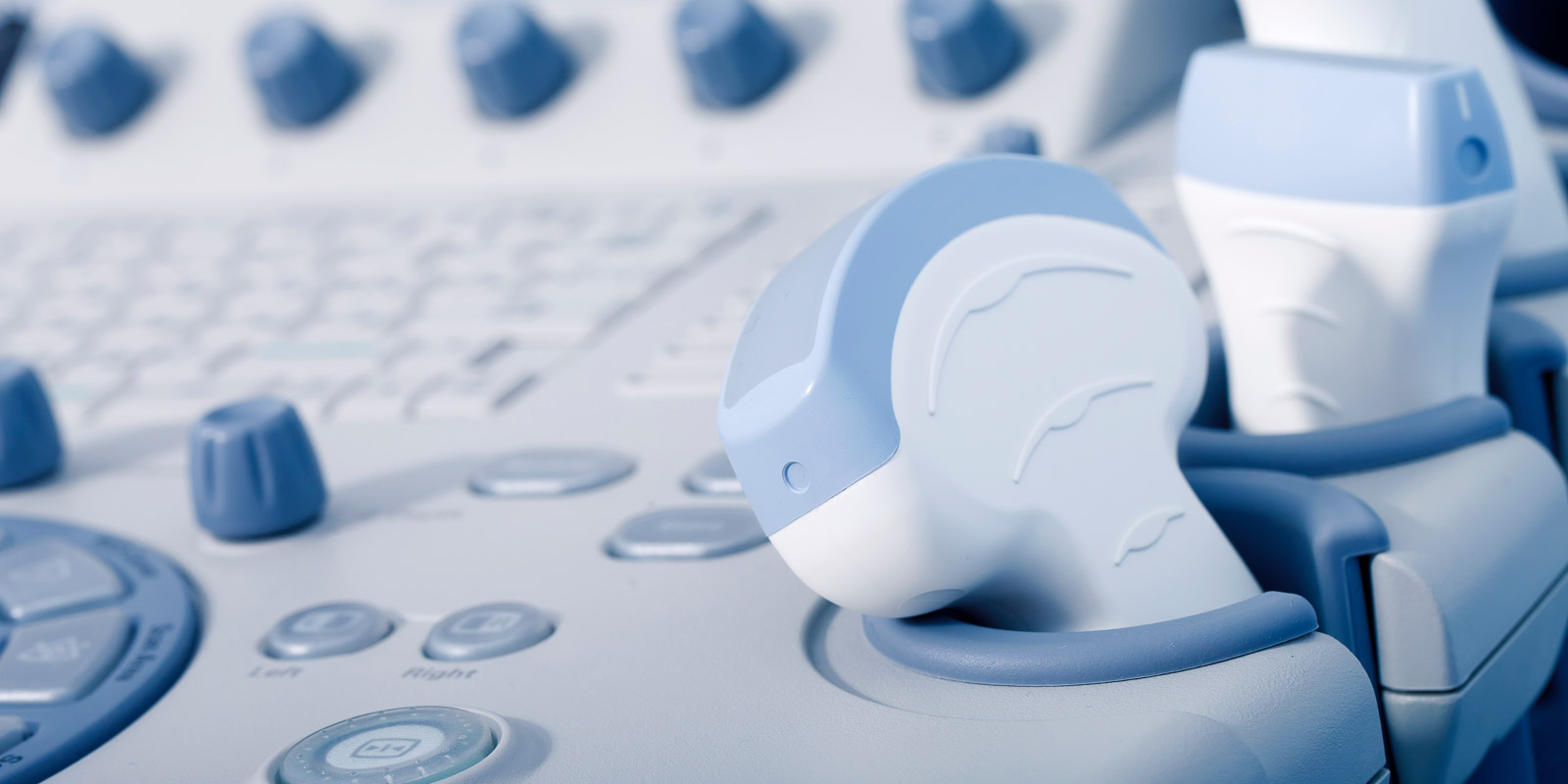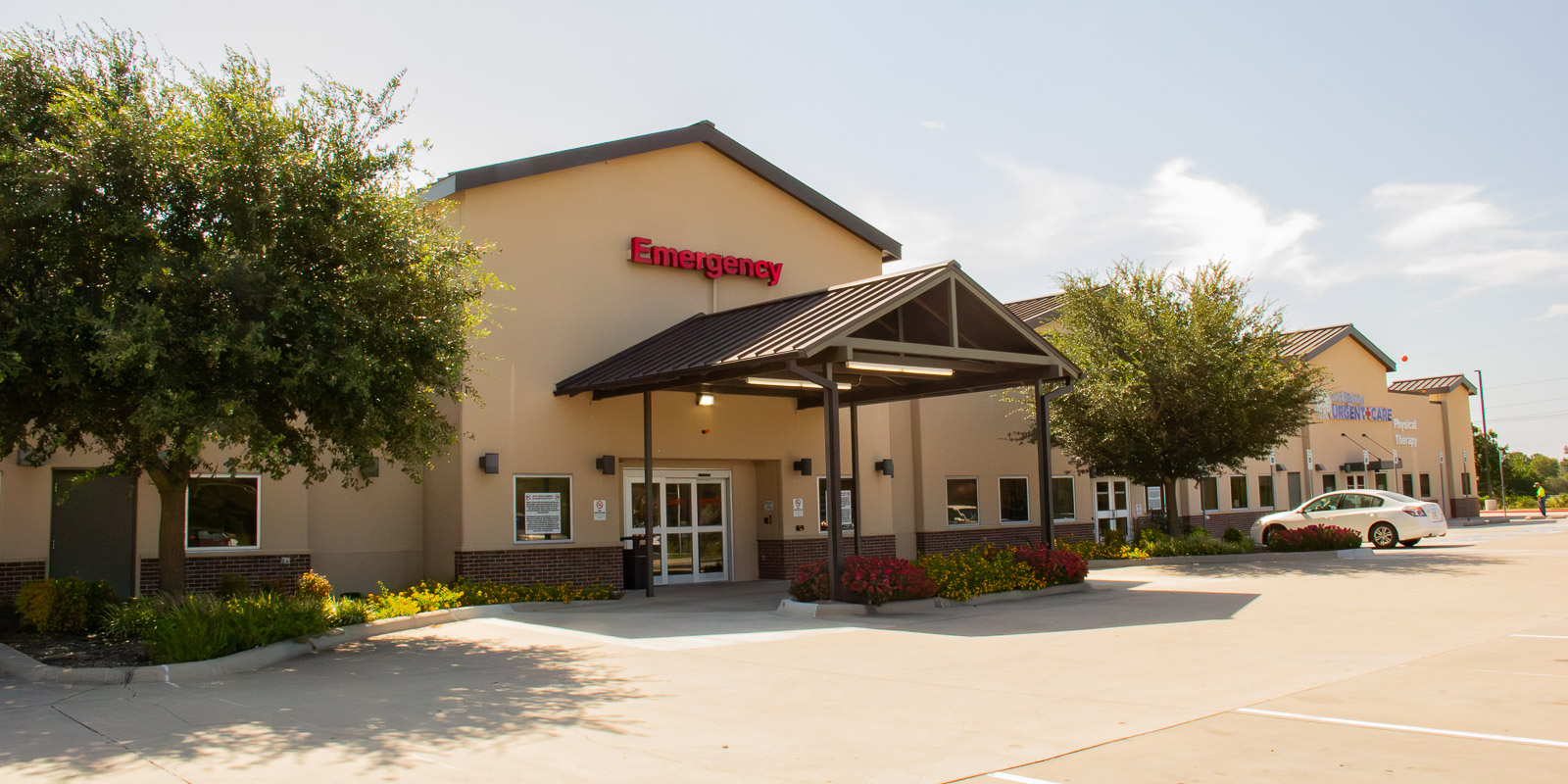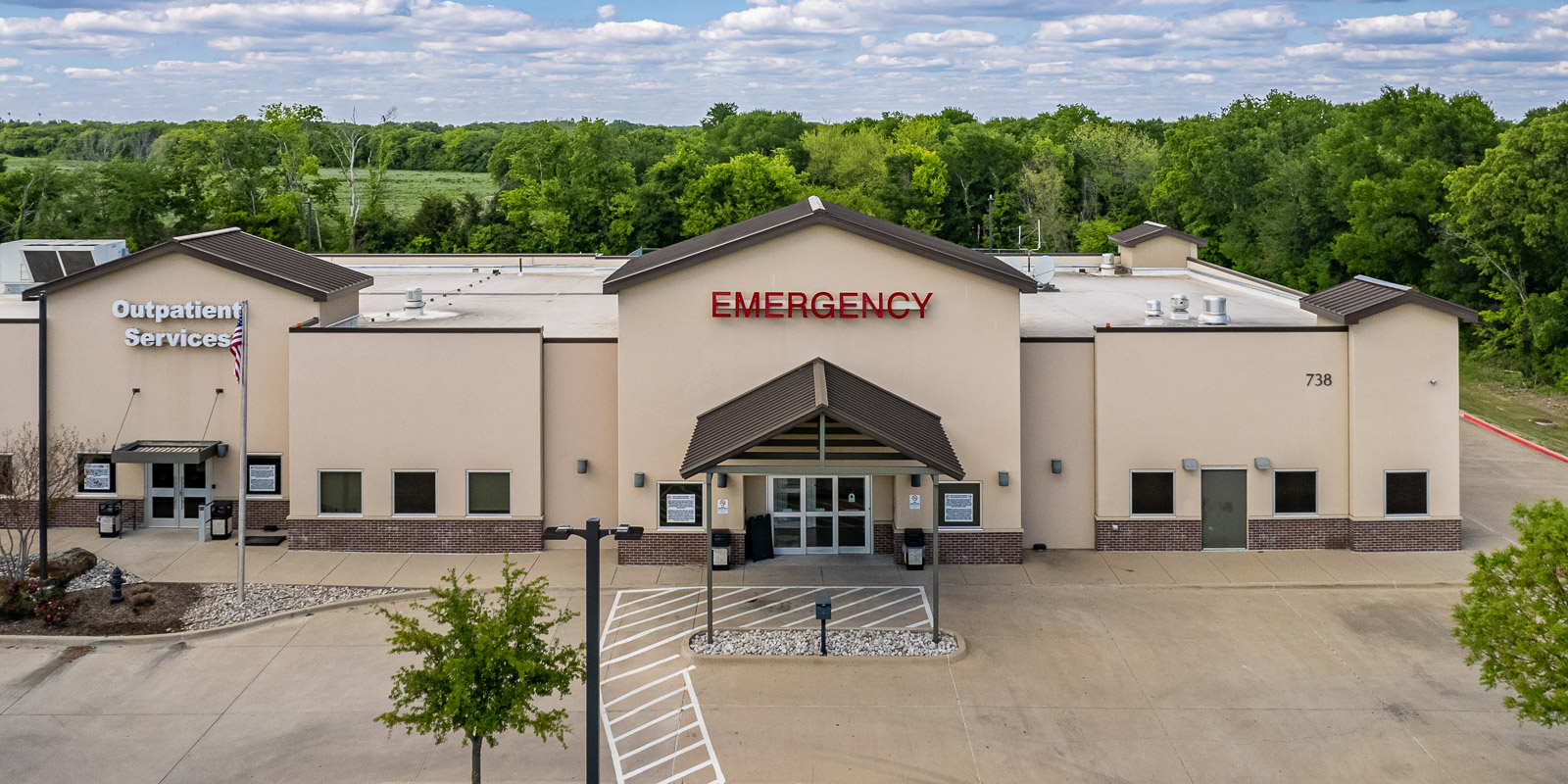
Ultrasound
About
Ultrasound testing uses sound waves instead of radiation to "see" inside your body. It is a safe, painless procedure.
During this test, high-frequency sound waves are directed at a specific organ. The sound waves hit the target and bounce back as a series of echoes, which the scanner analyzes to create a visible image.
Ultrasounds can be performed to evaluate different parts of the body, including but not limited to the:
- Abdomen
- Aorta
- Bladder
- Gallbladder
- Liver
- Pancreas
- And prostate
In the case of an obstetrical ultrasound (sonogram), sound waves are directed at an embryo or fetus in order to create pictures of a growing baby.
Preparing for an Ultrasound
How you prepare for your exam will depend on the type of ultrasound you are scheduled for. To get a list of detailed instructions based on your specific ultrasound. Your doctor will also be able to explain any necessary directions that must be followed.
- Obstetrical Ultrasound (Sonogram)
Requires a full bladder - Drink 16 oz of liquid 30 minutes before the exam
- Do not urinate until after the exam
- Children may not accompany you into the exam room. If you must bring children with you, please bring another adult along to stay with them in the waiting area.
- This exam usually takes one hour
What to Expect During an Ultrasound
At the start of an ultrasound, a water-soluble gel is applied to the area of your body to be examined. An imaging transducer is then moved slowly over the area to produce the images visible on a “TV screen” and recorded digitally.
Most exams take about 30 minutes, although some procedures may be more prolonged.
Following ultrasound testing, the images are read and evaluated by a radiologist, and the results are discussed with your doctor.






